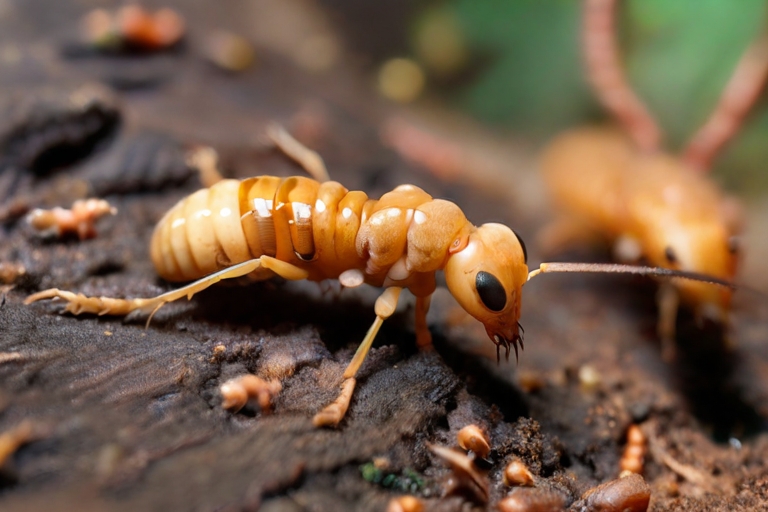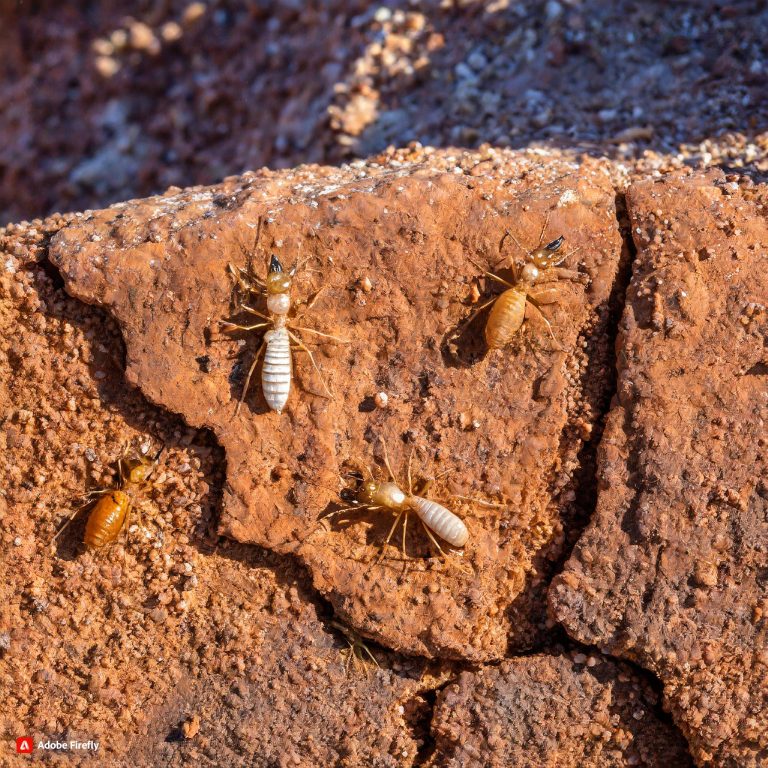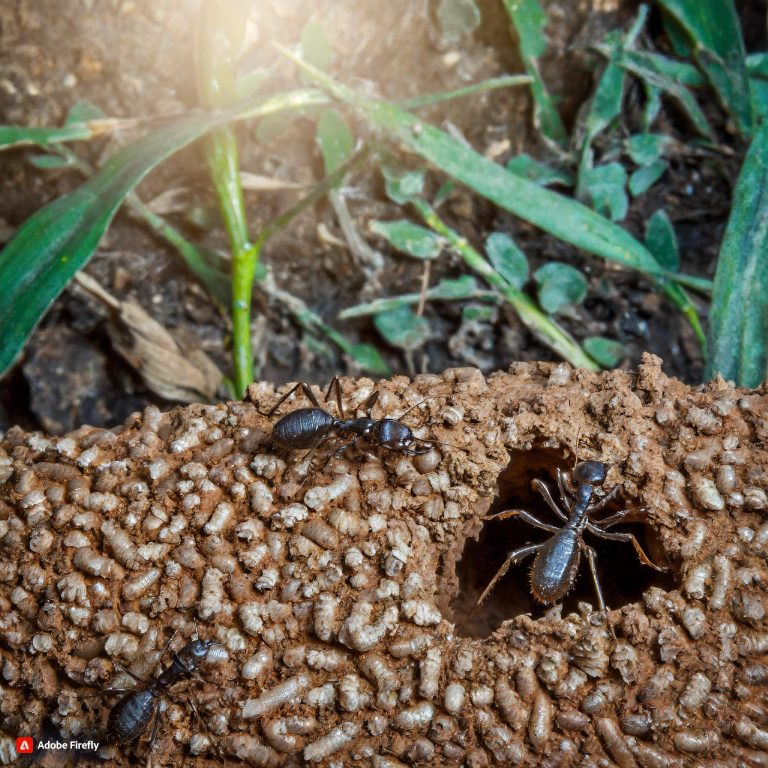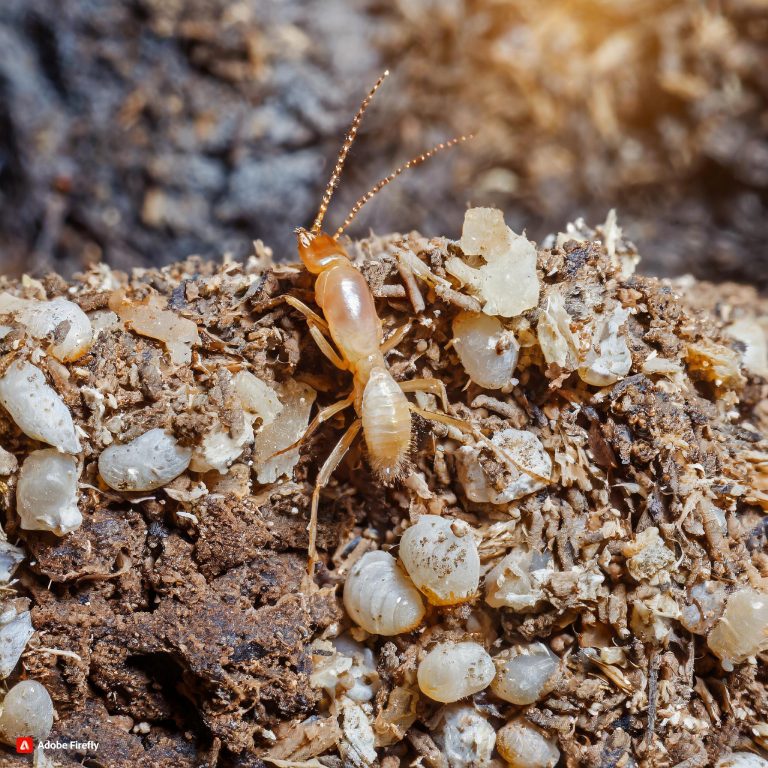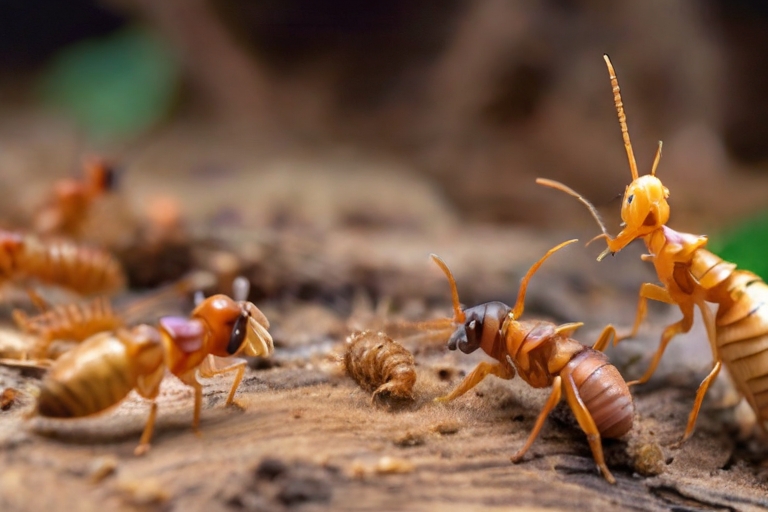Drywood vs Subterranean Termites: How to Identify difference
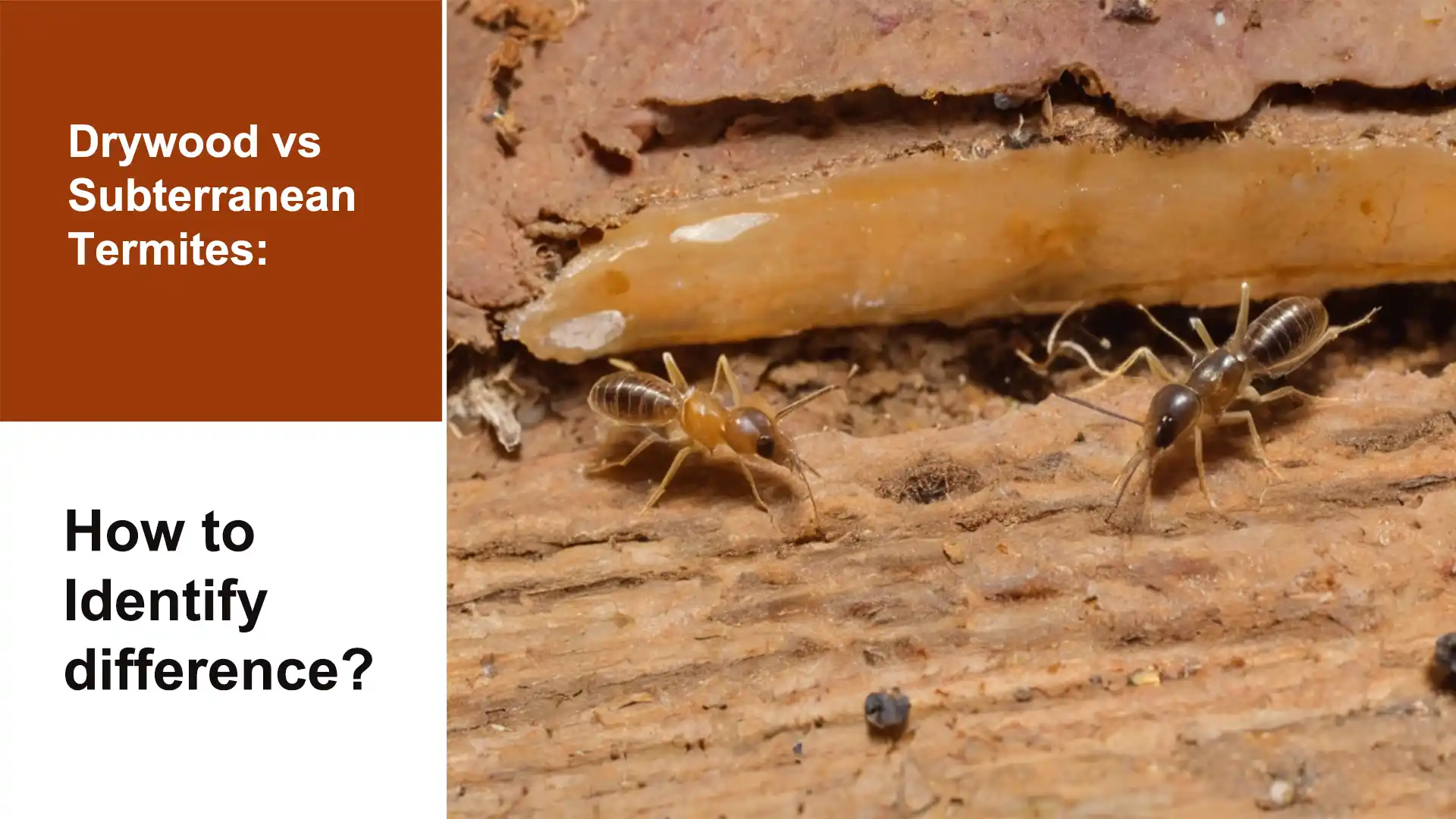
- Where Drywood and Subterranean Termites Are Typically Found
- Appearance and Biology of Drywood vs Subterranean Termites
- Damage Caused by Drywood termites and Subterranean Termites
- Dealing With Subterranean & drywood Termite Infestations
- Drywood Termites Vs Subterranean Termites: Key Comparative Differences
- How To Spot Signs of Drywood vs Subterranean Termites
- Key Differences: Drywood Vs Subterranean Termites In A Nutshell
Termites are silent destroyers that cause billions in property damage each year in the US. Over 4 million homes suffer from termite infestations annually. The two most common culprits are drywood termites and subterranean termites. While they appear deceptively similar, understanding the differences between drywood vs subterranean termites is key to identification and targeted treatment.
Where Drywood and Subterranean Termites Are Typically Found
Drywood termites infest seasoned wood and thrive in areas with low moisture and high temperatures. You can find them happily munching away inside wooden building elements, furniture, fencing, utility poles and even tree trunks or stumps.
Since drywood termites live in small, discreet colonies inside wood, their presence goes undetected often until significant structural damage occurs. Telltale signs involve spotted galleries, blistered wood surfaces and powdery frass piling up.
On the flip side, subterranean termites need a connection to soil and moisture to survive. They construct intricate underground nests housing millions of termites which forage out to infest wood via mud tubes. Subterranean termites in particular love areas with poor drainage near foundations.
Key Signs of Subterranean Termites:
- Mud tubes running along exterior foundation walls, pillars or concrete joints
- Hollow sounding wood
- Swarmers emerging indoors (reproductive winged termites)
In the US, Formosan subterranean termites are most destructive – they can chew through plastic, thin copper wires and mortar!
Appearance and Biology of Drywood vs Subterranean Termites
At first glance, drywood and subterranean termites resemble each other greatly. The average homeowner would be hard pressed to figure out the differences between both species.
They share a common anatomy defined by:
- Creamy white to light brown bodies
- 3 body parts – head, thorax and abdomen
- 6 segmented legs
- A pair of antennae
Soldier termites in both species have enlarged heads and jaws designed to crush attackers. While drywood termite soldiers have angular heads, subterranean termite soldiers sport darker heads with sharp mandibles.
When it comes to winged reproductive termites, they possess 4 long, membranous and translucent wings with cloudy veins running across them. Reproductive termites are also larger than subterranean termites with bigger bodies and wingspans.
Worker termites represent the highest numbers in colonies and lack any wings. They continuously forage for food and build/maintain nest passages.
Now onto key biological variations between the two destructive structural pest species of termite:
Size:
- Drywood termites measure about 3-5mm on average.
- Subterranean termites are slightly smaller at around 1/8th of an inch (3mm)
Colony Size:
- Mature drywood termite colonies range from 100s to 1000s of termites.
- Subterranean termite nests house anywhere from 100,000s to a staggering million termites!
This explains why subterranean termite infestations spread quicker.
Damage Caused by Drywood termites and Subterranean Termites
Both types of termites use their mighty jaws to chew through cellulose rich sources – mainly wood, cardboard, paper and fallen foliage. They eat the wood to derive nutrition and also hollow it out internally to form their galleries and tunnels, leading to severe termite damage.
Here’s a quick comparison of the damage capabilities of both termite varieties:
1. Speed of Damage
Subterranean termites win hands down!
- Their larger colony size allows them to inflict severe damage to any wood structure alarmingly faster vs drywood termites.
- One single subterranean termite colony releases nearly 2000 termites per day out to forage through its vast network of underground mud tubes and tunnels.
- In contrast, a small local drywood colony sends out a couple of hundred worker termites at most per day to randomly feed within the infested wood itself.
2. Extent of Damage
Again, subterranean termites beat drywood termites when it comes to scale of wood damage:
- Subterranean termites cause nearly 5 times more monetary damage than drywood termites in the United States yearly.
- In 2013 alone, subterranean termites led to $5 billion in property repairs versus $1 billion for drywood infestations.
- One key reason – subterranean termites can excavate soil to attack wood foundations and spread undetected across vast areas via interconnected mud tunnels.
3. Visible Signs of Attack
Drywood termites finally score a point in this area:
- Their feeding damage within drier, exposed wood is easier to spot since you can view external blistering, holes and tunnels lined with hardened fecal matter (frass).
- Subterranean termites cause most destruction to hidden wooden elements in contact with soil. For instance, they ruin exterior wall frames, support beams and floor joists over time by hollowing them out internally unlike subterranean termites whose galleries are exposed.
- You rarely see visible external warning signs until extensive, irreversible structural weakening occurs.
Dealing With Subterranean & drywood Termite Infestations
Accurately pinpointing whether drywood termites or termites inhabit your property is critical. Treatment methods used by pest management experts differ significantly for containment and elimination of both species.
Professional Pest Control Treatment Options
A) For Drywood Termites
1. Fumigation (whole structure): High levels of sulfuryl fluoride gas released indoors over several days kills drywood colonies. Best results but highly disruptive.
2. Localized treatment:
- Spot application of fast-acting dust or foam insecticides through detected galleries or damaged wood.
- Drilling holes to pump termiticide liquid into damaged sites.
B) For Subterranean Termite treatment
1. Soil treatment: Digging trenches around foundations to fill with special termiticide concentrates that seep underground.
2. Baiting: Installing termite bait stations around structures which worker termites slowly carry poison back to their nests.
Additional Measures to Prevent Re-Infestation:
- Fix exterior moisture sources and grade soil properly to encourage water runoff
- Ensure no wood contacts soil
- Install stainless steel mesh barriers around foundation perimeters
- Choose naturally termite resistant building materials
Drywood Termites Vs Subterranean Termites: Key Comparative Differences
Let’s recap some of the main differentiating parameters between drywood termites and subterranean termites through this handy comparison chart:
| Parameter | Drywood Termites | Subterranean Termites |
|---|---|---|
| Colony Size | 100 to 1,000 termites | Up to 1 million termites |
| Preferred Habitat | Drier, seasoned wood | Underground soil nests |
| Moisture Needs | Low moisture | Require constant soil contact |
| Foraging Range | Limited local movement | Vast subterranean tunnel networks |
| Feeding Speed | Slower with smaller colonies | Very rapid damage across large areas |
| Damage Visibility | Exposed inner tunnels and galleries | Hidden damage till structure fails |
| What Do They Eat? | Cellulose from wood | Varied cellulose from wood, cardboard etc |
| Climate | Prefer hot and dry | Persist even in cooler climates |
As you can see, both species have differing characteristics when it comes to their nesting preferences, moisture needs, colony size and damage capabilities.
Accurately identifying drywood vs subterranean termite infestations requires keen observation of such subtleties. Misdiagnosis can lead to delayed and ineffective treatment – allowing termite populations and injury to spiral out of hand.
How To Spot Signs of Drywood vs Subterranean Termites
You may suddenly discover flying termites emerging indoors or spotting their discarded wings. But don’t panic!
Winged termites swarm when they sense atmospheric pressure changes from storms or certain seasons. This is when their colonies produce hundreds of fertile winged adults (alates) that exit into the open to begin new colonies elsewhere.
Such indoor swarms present a vital opportunity to pinpoint whether you have drywood termites or subterranean termites:
- Drywood termites swarmers emerge from infested wood itself through tiny cracks or holes.
- Subterranean swarmer termites arise from deep underground and use mud tubes built onto exterior walls for access.
More Clues:
- Drywood termites swarmers have a larger abdomen that appears more rounded.
- Subterranean reproductive termites have longer wings that extend beyond their abdomen tip.
- Check for discarded wings with lots of veins (subterranean) versus fewer veins (drywood).
Beyond swarmers, also check for these giveaways:
Subterranean Termites
- Mud tubes running along exterior foundation and walls
- Sunken spots or cracks in walls
- Hollow tunneling inside wood adjacent to soil
Drywood Termites
- Tiny holes or blistered patches on wooden surfaces
- Powdery frass piles
- Jagged tunnels packed with excrement pellets
If you discover such warning signs – it’s smart to have a certified termite control technician inspect and confirm whether subterranean or drywood termites inhabit your property. This guides suitable treatment strategies targeting the exact termite species.
Key Differences: Drywood Vs Subterranean Termites In A Nutshell
Let’s round up with a quick recap of how to distinguish between drywood and subterranean termites:
Drywood Termites
- Nest inside drier wood with tiny colonies
- Listed tunnels packed with frass pellets
- More visible damage like surface blisters
- Swarmers have rounded abdomen and fewer wing veins
Subterranean Termites
- Colonies containing up to a million termites underground
- Mud tubes running along house foundations
- Hollow damaged wood touching soil
- Swarmers have narrow waists and veinier wings
Accurately identifying drywood vs subterranean termite signs is the first step to apply suitable professional termite control methods before irreparable damage occurs!
